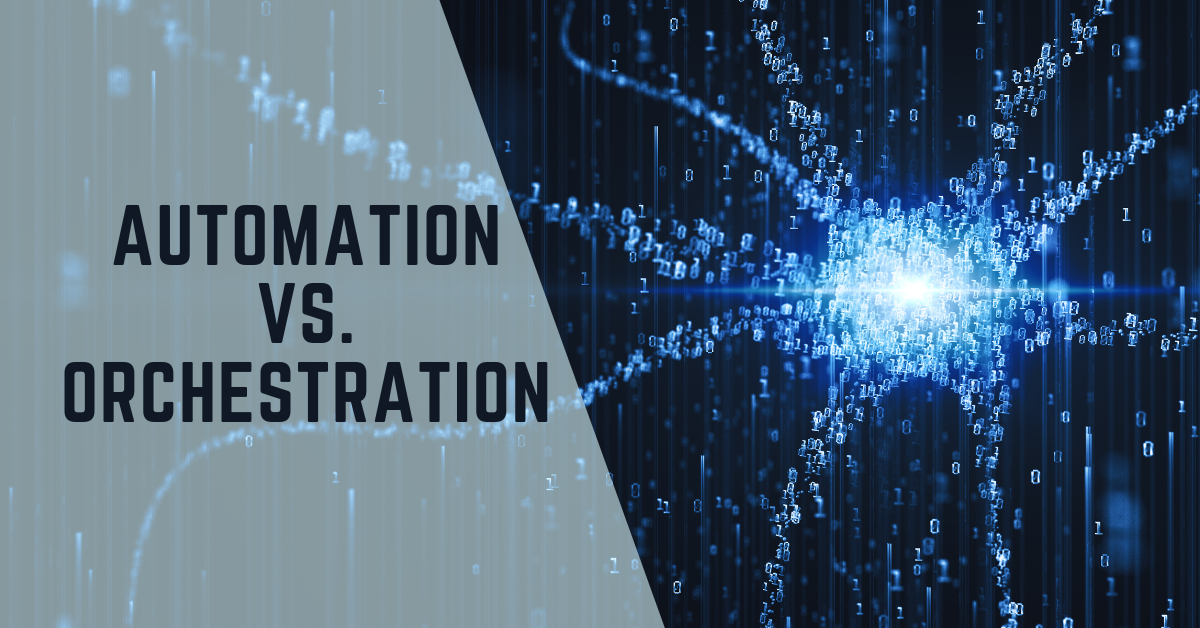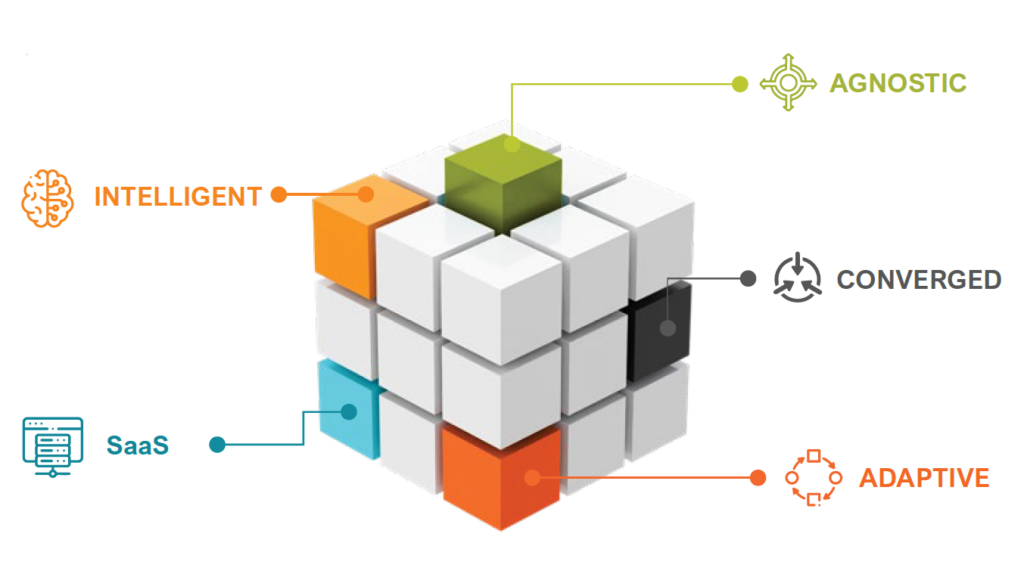


The world of fulfillment is evolving rapidly, with new technologies and innovations constantly reshaping the industry. One of the most significant trends in recent years has been the rise of orchestration in modern fulfillment centers. To understand orchestration, you have to start with Automation. Automation and orchestration are often used interchangeably; they are two distinct but deeply intertwined concepts that work together to improve the efficiency, reliability, quality, and accuracy of the fulfillment process.
Automation is the process of using machines, robots, software and other technologies to perform tasks that were traditionally performed by humans. In the context of fulfillment centers, automation can take many forms, from autonomous robots that pick and pack items to conveyor belts that transport goods around the warehouse and applications that automatically transfer information to where it is needed, as it becomes available. The goal of automation is to streamline processes, reduce costs, and increase efficiency and accuracy.
Orchestration, on the other hand, focuses on the coordination, optimization, and management of multiple systems and warehouse processes to achieve a specific goal. In the context of fulfillment centers, orchestration involves integrating disparate systems such as WMS, TMS, Robotic Agents, and other automation equipment under a single platform so that they work together seamlessly. An orchestration platform will coordinate various automation and human processes to ensure that items are picked, packed, and shipped in the most efficient way possible.
Although automation and orchestration are two distinct concepts, they are closely related. Without automation, there would be nothing to orchestrate. And without orchestration, automation can be inefficient and prone to errors. Automation alone can improve efficiency, but it can also create inefficiencies if the different systems and machines are not working together effectively.
Each automation will have an impact on the task or set of tasks that it is performing. It’s when the automations are linked together that we see a multiplier effect, productivity increases dramatically and the value of an orchestration platform to dynamically link these highly productive tasks together is critical to maximizing investments in automation.
Together, automation and orchestration form the foundation of the modern fulfillment center.
Ultimately, the future of fulfillment is all about using automation and orchestration to create a seamless, end-to-end customer experience.

To provide that level of service to customers and at the same time maximize performance, flexibility and ROI, fulfillment operations should consider how they unify and optimize their end-to-end automation infrastructure. A cloud-hosted orchestration software platform can provide agent (automation systems like ASRS, AMRs, etc.) and vendor-agnostic capabilities in the areas of end-to-end interconnection, intelligence and adaptability. And an orchestration platform that is always solving drives fulfillment that is constantly competing, accelerating and performing.